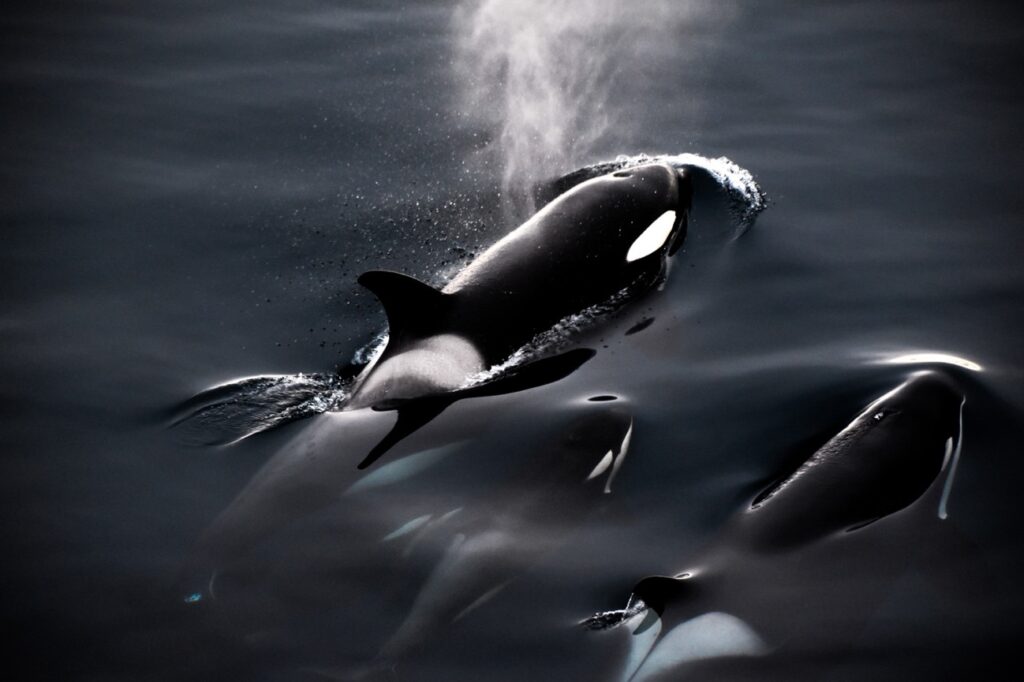University of Oxford
11a Mansfield Rd
OX1 3SZ
UK
By Alejandra Diaz

When considering the conservation of endangered species, names like the killer whale or the vampire squid potentially have negative connotations that might ultimately impact people’s perception of the animal. In a paper I co-authored with colleagues from the University of Oxford, University of Kent and University of Reading, we propose that a species’ name can act as a brand — which from a marketing perspective — can make it stand out, generate desire, and even inspire people. Therefore, we decided to analyze whether applying branding techniques to species’ names could improve their fundraising profile for their conservation.
Using marketing and branding for environmental conservation is not new. However, the diversity of techniques and the speed at which they advance means that there are continually new topics to explore. In our quest to give visibility to endangered species neglected by conservation efforts, these techniques are increasingly recognized for bringing valuable new insights. We explored brand creation principles used to establish brand names and differentiate them from the competition. Perhaps if species names were to follow these guidelines, they could play a part in improving their fundraising potential.
After applying branding principles to species common names, we surveyed a sample of 329 people in the UK and evaluated whether there was an effect on respondents’ donation preferences. We attempted to replicate donation scenarios from NGO models, and considered additional attributes that are widely recognized to influence donation preferences: such as the familiarity with the species, and how visually appealing the species is. Among the branding techniques applied were the use of strong consonants at the beginning of names (Plosives), used by brands such as Google, Kodak and Coca-Cola. We also used symbolism, as well as short, easy to pronounce names. However, many additional variables could be evaluated further on common names. Some examples include the positive or negative sentiments generated by words in a name (i.e. killer in killer whale; or great in great Indian bustard). The higher recall ability of branded names, and the use of technologies such as eye-tracking and further segmentation of donors can also be explored.
The experiment showed us how people donated for the species they found most attractive based on the images they were presented with, reinforcing previous studies’ claims. Usually, the so-called charismatic species top the charts when it comes to garnering donations for research. Nevertheless, there is a need to expand dedicatedly, the conservation efforts and research intensity towards other species that are endangered.

Figure 1. Example choice card for Choice Experiment on the impact of common species names.
Visual Appeal was the main donation driver, and it was younger people who were more likely to exhibit this behaviour. Next in line, was familiarity. The more familiar were the species to the donors, the higher the donation response. The study also showed that women are more likely to donate to familiar species than men. However, we found no relationship between the names given to species (i.e. branded vs non-branded species), and donation levels. Our experiment contradicts another study that indicated a relationship between species names and donation levels. In that study, respondents had only names to consider when making their minds, removing the complex associations of visual appeal and familiarity. Our experiment replicated a scenario closer to reality (Figure 1), where each common name was associated with an image of the species, as happens in most real-world donation situations.
For further details, find full paper here.

